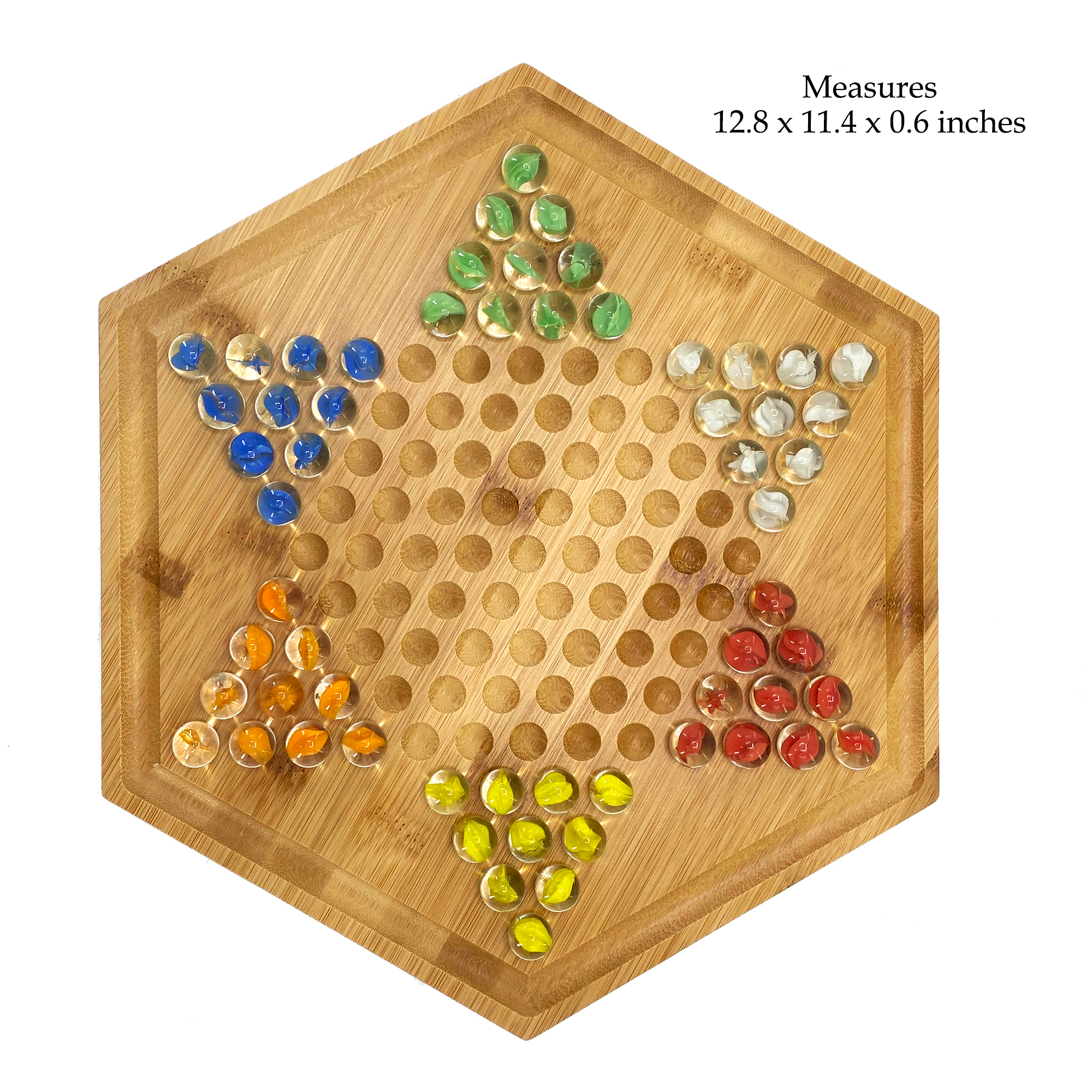


Therefore, moves of a piece are simulated multiple different times and the final outcome of the pieces’ location is recorded after each simulation. Due to the fact that Chinese Checkers allows pieces to jump multiple times consecutively, it is unknown from an initial simulation all the possible locations where a piece could eventually land. Thus, any location a piece can move would be restricted to be inside the playable game board. The parameters for which a piece can traverse are restricted by the size of the board, which is seventeen units in the horizontal direction ( x_space) and thirteen in the vertical direction ( y_space). In application of the Monte Carlo Tree Search method, a simulation is implemented in the process that determines the possible moves. It would analyze the current state of the game board and see which spaces were opened and which spaces were occupied but the adjacent space was open so a piece could still jump over. In order to determine what moves were allowed for each piece, upon reaching a player’s turn, simulate the moves utilizing a random samples of possible moves. Each player has ten pieces aligned in a triangular formation and could interact with any piece on the board and perform any moves that are legally sanctioned. In addition, there was an object created to represent the board and the positions of each of the pieces at each time.

The game was created with a two dimensional Graphical User Interface that would represent the board. All rules and regulations for the play of Chinese Checkers would be maintained and the condition for winning would be when one player moves all their pieces to the opposite end of the board. The structure of play would be focused on a limited game between only two players. The elements that would constitute the creation of the application would be the methods of Monte Carlo, Markov Chain Monte Carlo, Monte Carlo Tree Search, and Artificial Neural Networks that had been studied. The premise of the application was to create an unbeatable Chinese Checkers player. The Chinese Checkers game was created utilizing the Java computer programming language in the Eclipse Integrated Development Environment. To run the program, open the GUI file from ChineseCheckersMCTS\src\MCTSCCGame\GUI.java in a Java IDE and run the interface to play the Chinese Checkers game. This program allows for a user to play against the simulation iteration of the A.I. Useful, Awesome & Interesting.This is a Java program that is an Aritificial Intelligence player that utilizes machine learning and simulation methods to predict and execute moves in Chinese Checkers. Your step by step instructions are detailed and well-explained with helpful pictures. The objective is to be first to race ones pieces across the hexagram-shaped game board into 'home' the corner of the star opposite ones starting corner. The game is a modern and simplified variation of Halma. This is an exciting DIY project and at the same time it is economical. Chinese checkers is a board game that can be played by two, three, four, or six people, playing individually or with partners. Ishwaryaa Dhandapani from Chennai, India on November 14, 2012:Īn engaging hub! It is interesting to note that one can make a handmade game-board. I think his creativity and enthusiasm has not tickled him tired yet. He is keener in constructing, creating and even designing his own because he has the talent and skills to do so, and already had done so many things in the past on our school projects, home furniture, fixtures, and anything that can be improvised using his tools and raw materials. I am proud of my pa as a handyman and craftsman. Ishwaryaa, hello and thank you so much for leaving me a comment on this hub. Marites Mabugat-Simbajon (author) from Toronto, Ontario on November 14, 2012: What a neat idea to make this yourself! Thanks for the detailed photos, diagrams, and instructions.


 0 kommentar(er)
0 kommentar(er)
